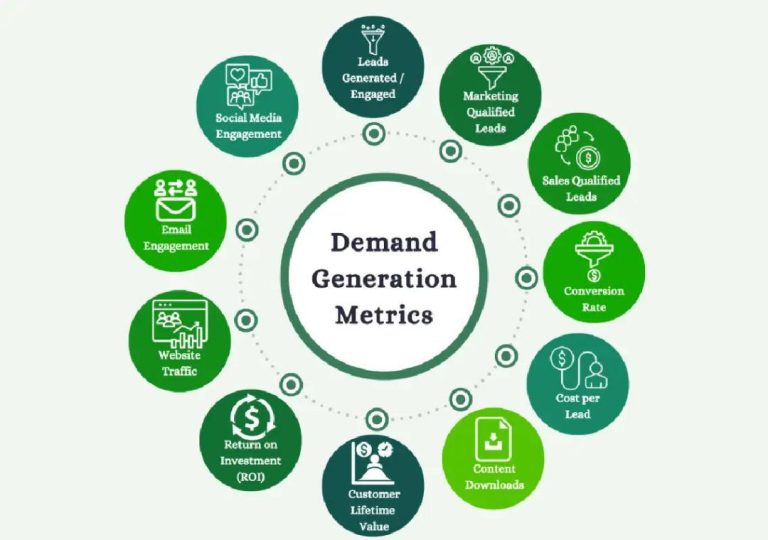
Agentic AI helps apps adapt to users in real time, autonomously
In today’s fast-paced digital landscape, users expect more from their apps. They want personalized experiences, seamless interactions, and instant gratification. To meet these expectations, app developers are turning to Agentic AI, a revolutionary technology that enables apps to adapt to users in real-time, autonomously. In this blog post, we’ll delve into the world of Agentic AI, exploring its capabilities, benefits, and the future of user-centered app development.
What is Agentic AI?
Agentic AI is a type of artificial intelligence that empowers apps to make decisions without human intervention. Unlike traditional AI, which relies on pre-programmed rules and algorithms, Agentic AI uses machine learning to analyze past behavior, monitor present context, and execute forward-looking decisions. This means that apps can adapt to different user styles, workflows, and goals, all without requiring constant input.
How does Agentic AI work?
To understand how Agentic AI works, let’s break it down into three key components:
- Behavioral Analysis: Agentic AI analyzes a user’s past behavior, including their interactions with the app, to identify patterns and preferences.
- Contextual Monitoring: The AI continuously monitors the user’s current context, including their location, device, and environment, to understand their needs and circumstances.
- Forward-Looking Decisions: Based on the analysis and monitoring, the AI makes decisions that anticipate the user’s needs and preferences, adjusting the app’s behavior and functionality accordingly.
Benefits of Agentic AI
The benefits of Agentic AI are numerous, including:
- Personalized Experiences: Agentic AI enables apps to provide tailored experiences that cater to individual users’ needs and preferences.
- Improved User Engagement: By anticipating user needs and adapting the app’s behavior, Agentic AI increases user engagement and reduces bounce rates.
- Enhanced User Retention: Apps that adapt to users’ needs and preferences are more likely to retain users and foster long-term relationships.
- Increased Efficiency: Agentic AI streamlines the app development process, reducing the need for constant updates and revisions.
- Competitive Advantage: Apps that incorporate Agentic AI can differentiate themselves from competitors and establish a unique value proposition.
Real-World Applications of Agentic AI
Agentic AI is not just a theoretical concept; it’s being implemented in various industries and applications, including:
- E-commerce: Online retailers are using Agentic AI to personalize product recommendations, offer targeted promotions, and streamline checkout processes.
- Healthcare: Agentic AI is being used in healthcare to analyze patient data, predict patient outcomes, and provide personalized treatment plans.
- Gaming: Gamers are experiencing more immersive and engaging experiences thanks to Agentic AI-powered game development.
- Financial Services: Financial institutions are using Agentic AI to analyze customer behavior, predict financial risk, and offer personalized financial products and services.
The Future of Agentic AI
As Agentic AI continues to evolve, we can expect to see even more innovative applications and advancements. Some potential future developments include:
- Multi-Modal Interactions: Agentic AI will enable apps to interact with users across multiple modalities, including voice, text, and gestures.
- Edge AI: Agentic AI will be integrated into edge devices, enabling real-time processing and decision-making without the need for cloud connectivity.
- Explainable AI: Agentic AI will become more transparent and explainable, allowing developers to understand and trust the AI’s decision-making processes.
Conclusion
Agentic AI is revolutionizing the way apps interact with users, enabling them to adapt to individual needs and preferences in real-time. As the technology continues to evolve, we can expect to see even more innovative applications and advancements. By embracing Agentic AI, app developers can create more personalized, engaging, and efficient experiences that meet the ever-changing needs of users.
Source:






